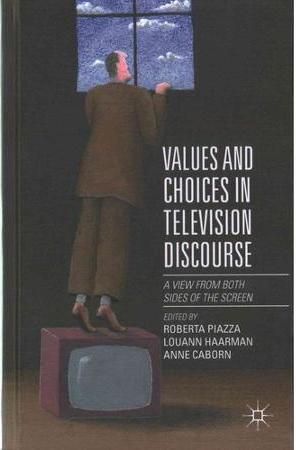 Chapter in this book!
Chapter in this book!
This chapter uses the ‘camera angle’ semiotic resource to investigate the difficulties inherent in the academic analysis of television news images. On one hand they are the products of media organisations, routinised commercial work and professional norms and understandings of the necessities of the presentation of visual narratives, on the other hand they can be seen as the raw material of ‘viewing’. To perhaps oversimplify, news images are a communicative interface between producers and viewers; however if the academic understanding and analysis of news images derives primarily from the standpoint of the viewer then we run the risk of misinterpreting the motivations and intentions of the image-maker. We assume that, when viewing news, the viewer is engaged in understanding a piece of communication about the world. I would argue that we cannot be certain that this is balanced by communicative intent on the part of the image-maker.
I review academic approaches to the understanding of ‘camera angles’ and investigate how these ideas align with samples of news images taken from Japan and the UK. I suggest that without an understanding of the imperatives of production many semiotically marked images will be misinterpreted as ‘meaningful’ where the intention behind their creation, in the particular form observed, is better understood as being primarily pragmatic (Koga-Browes, 2015).
Koga-Browes, S. P. (2015). Camera angles in television news: Designed to communicate? In R. Piazza, L. Haarman, & A. Caborn (Eds.), Values and choices in television discourse: A view from both sides of the screen. London: Palgrave Macmillan.